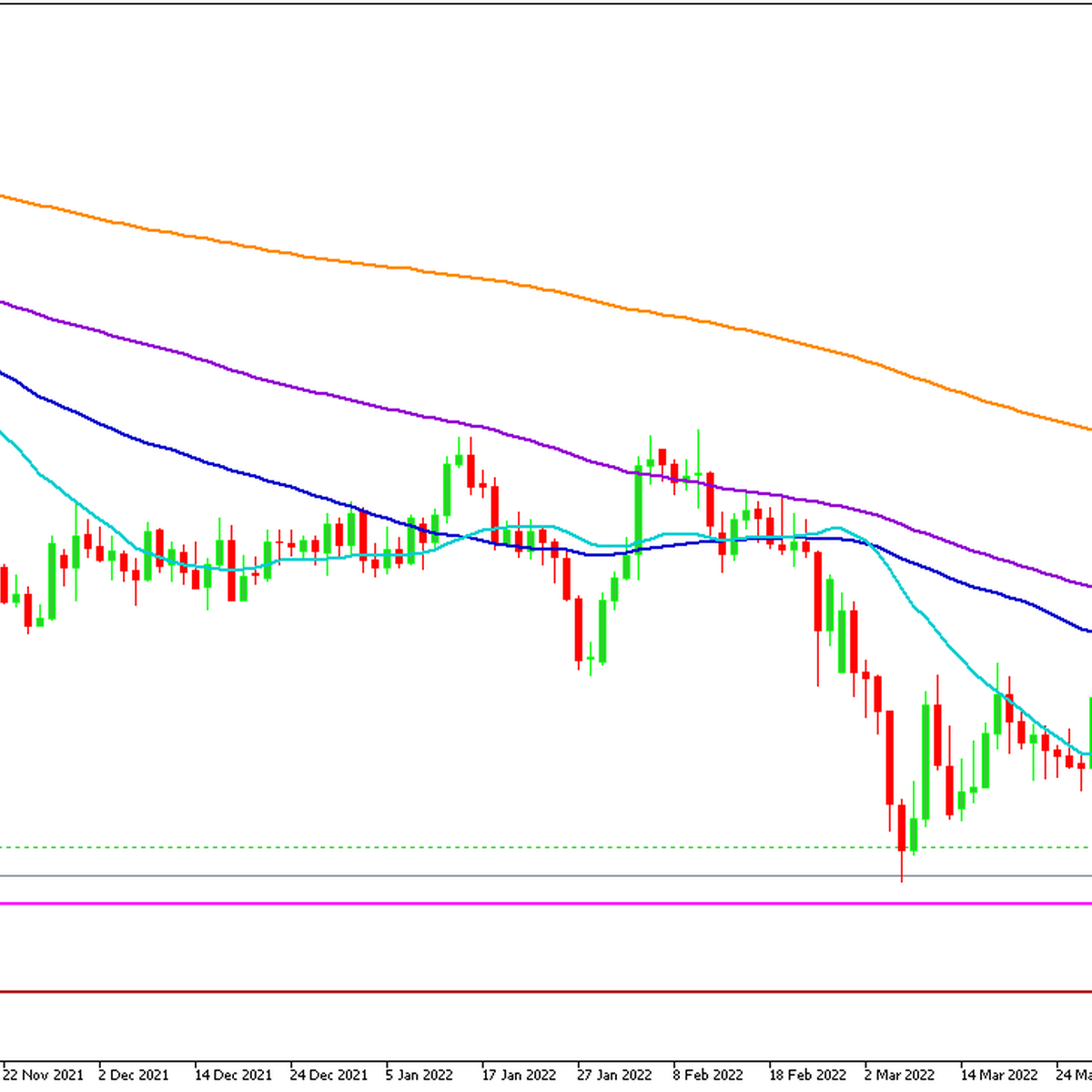
eurusd-is-falling-what-to-expect-from-the-future-price-movement

Don’t waste your time – keep track of how NFP affects the US dollar!
Data Collection Notice
We maintain a record of your data to run this website. By clicking the button, you agree to our Privacy Policy.

Beginner Forex Book
Your ultimate guide through the world of trading.
Check Your Inbox!
In our email, you will find the Forex 101 book. Just tap the button to get it!
Risk warning: ᏟᖴᎠs are complex instruments and come with a high risk of losing money rapidly due to leverage.
71.43% of retail investor accounts lose money when trading ᏟᖴᎠs with this provider.
You should consider whether you understand how ᏟᖴᎠs work and whether you can afford to take the high risk of losing your money.
Information is not investment advice
EUR/USD fell to 1.0756, its lowest level since May 2020, as the European Central Bank's accommodative tone on monetary policy added more pressure to the euro. Where's the next stop?
The ECB kept interest rates unchanged as expected and confirmed that it would end the bond-buying program in the third quarter. President Christine Lagarde said it is "too early" to discuss policy tightening and added that a rate hike could come "at some point" after the end of the asset purchase program (APP). The statement assured the ongoing dovish policies for several reasons:
The ECB is sticking to policy easing, that's why EUR is under downward pressure, and there could be more downside in the near term. The USD, on the contrary, regained strength from the Fed's hawkish comments.
Unlike the Fed, which is expected to raise rates by 50 points in the May meeting and by 25 points at each of the remaining five meetings during 2022, ECB is in no rush to raise rates. The Fed bought the last of its bonds in March and increased rates in the same month. But at the ECB, it will take some time. The first-rate hike in the Eurozone may come in September.
Why will the euro continue to decline?
What is the next move for EUR/USD?
After EUR dropped below 1.0800 for the first time in April 2020, the chart shows that the bearish condition remains intact. If EUR/USD continues to fall below 1.0800 (the psychological level, lowest level in two years), the technical selling pressure may increase and pull the pair towards 1.0770, 1.0760, and 1.0730. The next big downside target is 1.0635, the lowest price since March 2020.
The near-term view is also bearish, with the pair holding below bearish moving averages.


eurusd-is-falling-what-to-expect-from-the-future-price-movement

Greetings, fellow forex traders! Exciting news for those with an eye on the Australian market - the upcoming interest rate decision could be good news for Aussies looking to refinance or take out new loans. The Mortgage and Finance Association Australia CEO, Anja Pannek, has...

Hold onto your hats, folks! The Japanese yen took a nosedive after the Bank of Japan (BOJ) left its ultra-loose policy settings unchanged, including its closely watched yield curve control (YCC) policy. But wait, there's more! The BOJ also removed its forward guidance, which had previously pledged to keep interest rates at current or lower levels. So, what's the scoop? Market expectations had been subdued going into the meeting, but some were still hoping for tweaks to the forward guidance to prepare for an eventual exit from the bank's massive stimulus

eurusd-is-falling-what-to-expect-from-the-future-price-movement

Greetings, fellow forex traders! Exciting news for those with an eye on the Australian market - the upcoming interest rate decision could be good news for Aussies looking to refinance or take out new loans. The Mortgage and Finance Association Australia CEO, Anja Pannek, has...

Hold onto your hats, folks! The Japanese yen took a nosedive after the Bank of Japan (BOJ) left its ultra-loose policy settings unchanged, including its closely watched yield curve control (YCC) policy. But wait, there's more! The BOJ also removed its forward guidance, which had previously pledged to keep interest rates at current or lower levels. So, what's the scoop? Market expectations had been subdued going into the meeting, but some were still hoping for tweaks to the forward guidance to prepare for an eventual exit from the bank's massive stimulus
Your request is accepted.
We will call you at the time interval that you chose
Next callback request for this phone number will be available in 00:30:00
If you have an urgent issue please contact us via
Live chat
Internal error. Please try again later